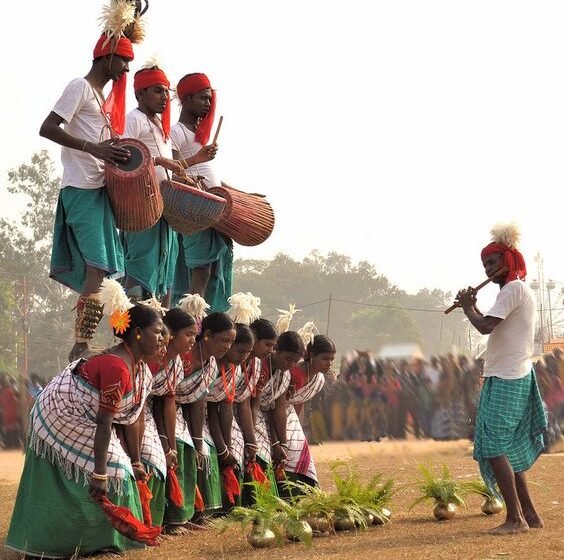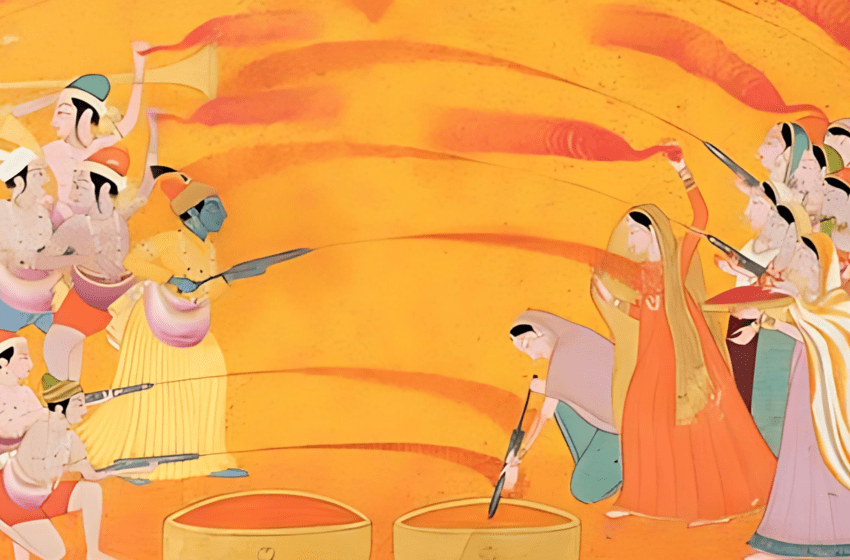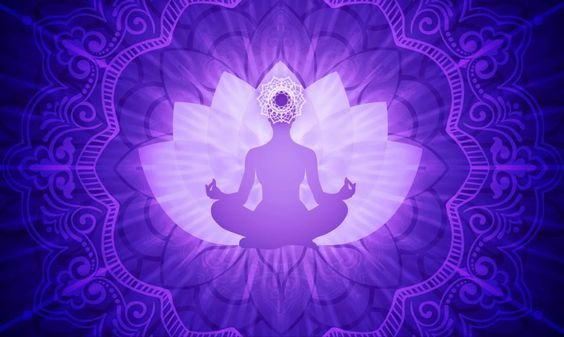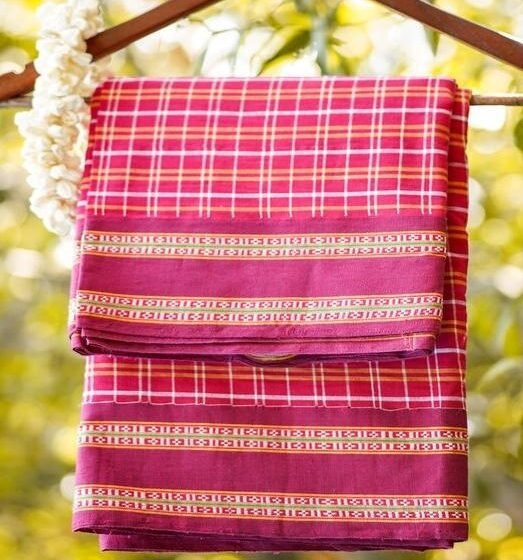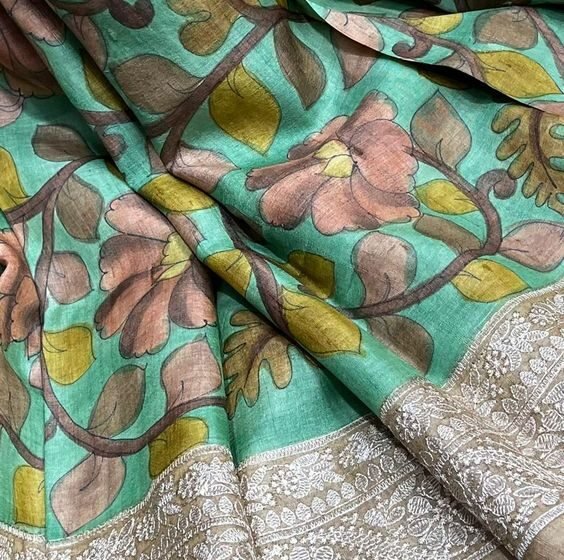Santal Music and Dance: Expressions of Identity and Resistance
Santal, a group of indigenous people who live in parts of India, especially in places like Jharkhand and West Bengal. However, along with these two states, they are also found in other states like Odisha, Bihar, Assam and Tripura. This community is so vastly spread out that, they are found in Bangladesh and Nepal too. […]Read More
